Good writing in animation is often overlooked, simply because people think of cartoons as kid’s stuff. But this episode of the Super Friends gives an excellent example of how to do good setups and naturally plant story elements for the payoff in the climax in scripts.
Written by (the credits say “Story By”) JAlan Burnett and Jeff Segal, this is the “Darkseid’s Golden Trap, Part II”. All you need to know is that in Part I, Darkseid acquired a piece of Gold Kryptonite (that can destroy Superman’s powers forever) and captured Wonder Woman, Firestorm and Black Vulcan. It’s only 10 minutes long, so take a quick watch.
Payoff
Let’s take a look at the payoff first. At 8:30, Darkseid ambushes Superman with the Gold Kryptonite, seemingly erasing our hero’s powers! But at 8:55, you discover that the “Superman” that Darkseid ambushed is actually Batman disguised as Superman via El Dorado’s powers, and the real Superman is safe!
Now, you probably think this is a superhero show, so anything goes, right? Like that scene in Superman IV: The Quest for Peace where Supes has this magic Great-Wall-of-China-rebuilding-vision. Now that seemed unnatural, because it came out of nowhere. Whereas the elements that built towards this climax in Super Friends have already been planted earlier.
Setup
Now let’s examine El Dorado’s powers. He’s really there as the token minority, so you, or anyone else can be forgiven for not knowing his powers. So the episode reminds us what his powers are earlier, at 4:45. He shows that he has shape changing abilities (in addition to some psychic powers).
This setup (El Dorado’s shapeshifting powers) has a payoff later, when he uses said powers to disguise Batman as Superman.
The brilliant part about this setup is that was excellently disguised as part of the action – El Dorado has to defeat Kalibak disguised as a supervillain – and hence it seems natural and fits in perfectly with the story. Granted, El Dorado could have used his shapeshifting abilities on Superman to defeat Kalibak, but it’s not too glaring a plot hole that will make you sit up and take note.
Planting
The other aspect of this setup/payoff example that the payoff is hinted at towards the climax. Sometimes the setup and payoff can come very far apart in a script, and you’ll need subtle hints to keep the setup/payoff in the mind of the viewer, without being overtly blatant about it.
Of course, if you’re a savvy superhero fan, you’d expect this at 7:45, when El Dorado tells Superman he has a plan. The slight twist is that Batman is the one disguised later as Superman, not El Dorado himself. But because El Dorado doesn’t fully explain the nature of his shapeshifting powers (neither is it very clear how he does it), it’s plausible that he could use it on others, ie Batman. Hence the first planted clue.
But there are two other elements that are planted for the payoff, making it three elements altogether. Remember the rule of thirds – everything comes better in threes.
The second clue comes when “Superman” jumps down from the ceiling at 8:00. If he’s really Superman, he can just fly down – but because he’s really Batman, he can’t. But because of the genre, it’s not unexpected that he’ll announce his arrival before actually coming into the cave; and because he’s standing at the top of the cave, it’s logical that he’ll jump down.
The last element comes at 8:10, when “Superman” picks up a rock and throws it at the forcefield generator to destroy it. Firstly, it’s a really small rock and Superman throws it with a lot of force. Secondly, Superman will usually use his heat vision or super strength to destroy machinery. But because he’s really Batman, the only thing he can do is throw rocks at it. Of course, it’s a rather conveniently placed rock, but that’s taken for granted.
So there you go! Setups, payoffs, and planting, all within an animated 10 minute short. Who says watching cartoons doesn’t help?
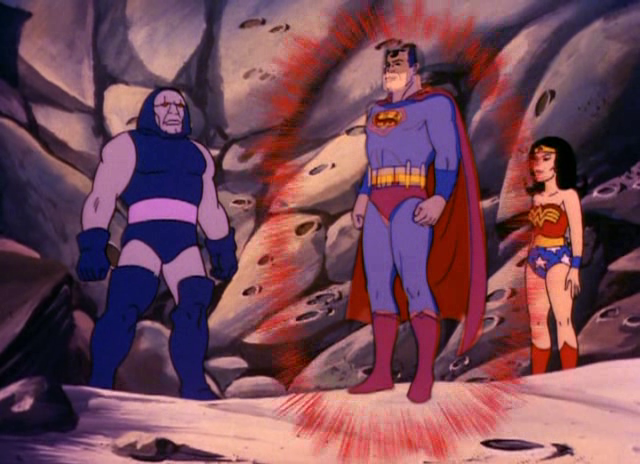
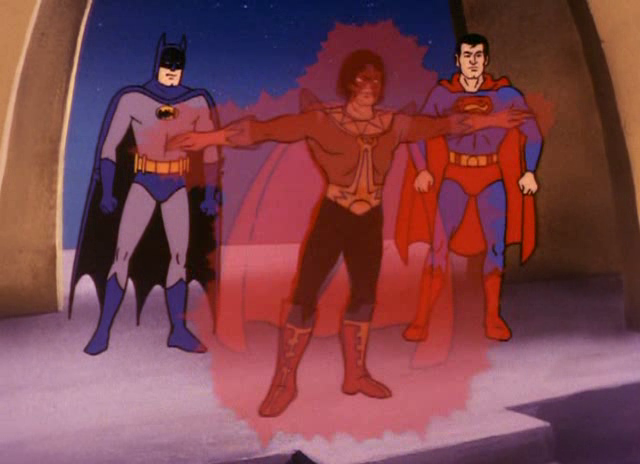
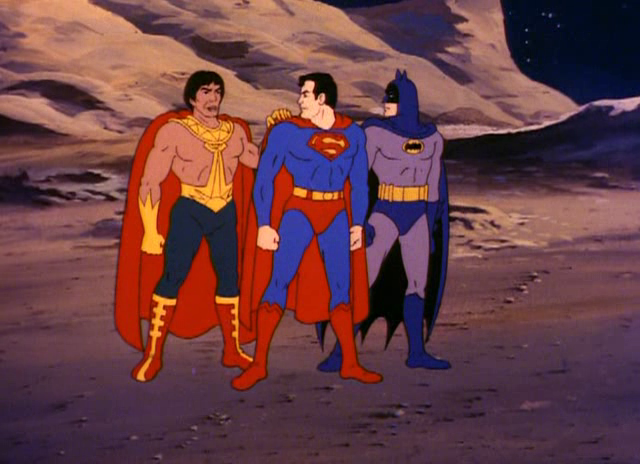
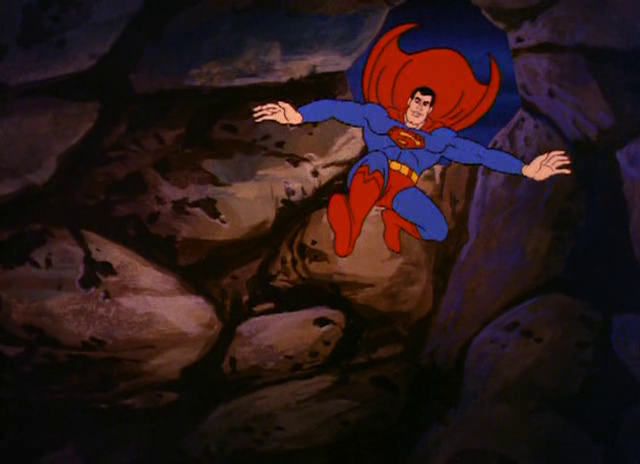
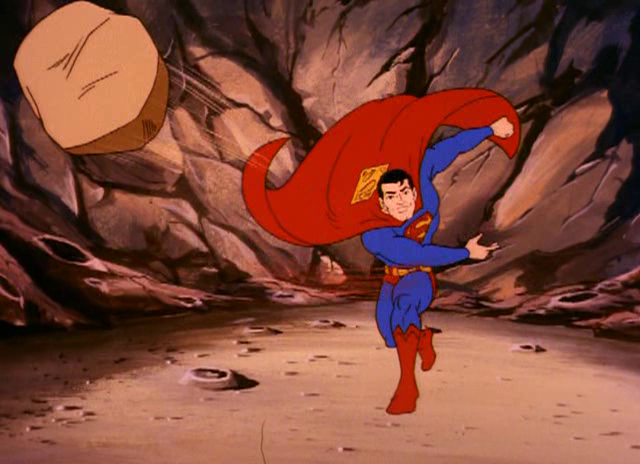
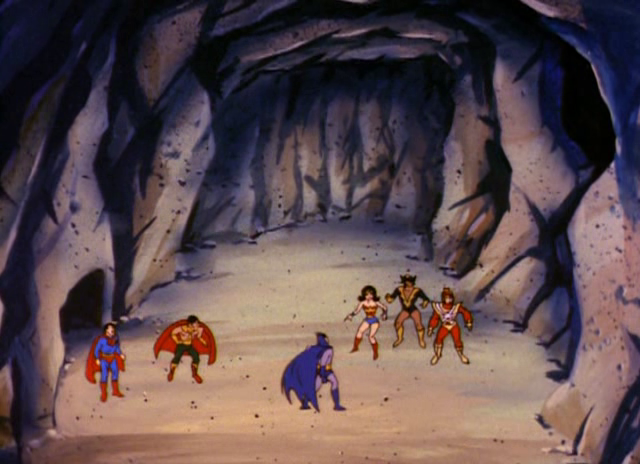
Leave a Reply